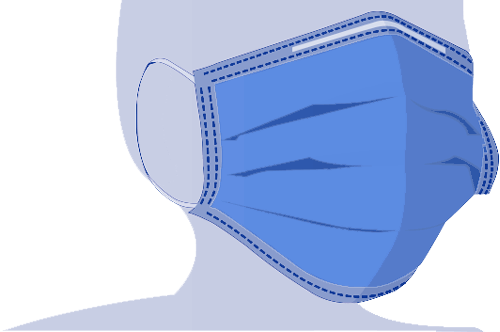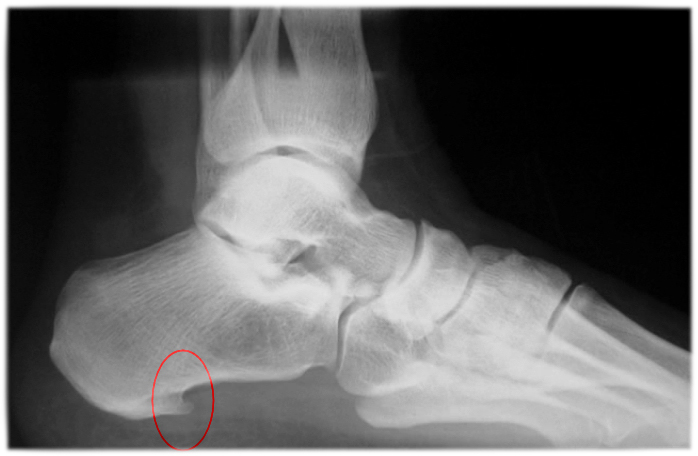
¡Seguimos cuidando tu salud! Recuerda: el uso de cubrebocas es obligatorio durante tu estancia en el hospital; con esto evitamos la propagación de enfermedades respiratorias.

¡Seguimos cuidando tu salud! Recuerda: el uso de cubrebocas es obligatorio durante tu estancia en el hospital; con esto evitamos la propagación de enfermedades respiratorias.
There are many foot problems related to the heel, in some cases arise from a bad foot support. This has the following consequences: pain, shoe deformities, difficulty to find comfortable footwear.
The specialist, will diagnose the problem, and will provide prevention hints for the care and changes of patients’ habits, indicating an effective treatment for this ailment. Effective treatment often makes surgery less required.
The most common ailments related to the ankle are:

Its symptoms range from a swollen ankle, with bruising and pain while moving or standing, to a broken ankle. The severity of symptoms depends on the severity of the injury. Rehab is essential and must be initiated early to help the ankle to recover.
Initial treatment may include rest, put ice on the ankle, elevate and immobilize the leg, including anti-inflammatory medication or physical therapy, and in severe cases, surgical procedures.

Charcot foot is a serious condition which if not treated properly, triggers so severe deformities that it may be necessary to amputate the leg.
Do you live outside Mexico?
We give you advice and support for your travel and stay al Médica Sur
Toll free: 800.501.0101
Canada / USA: 1877.213.6659
24 hours everyday